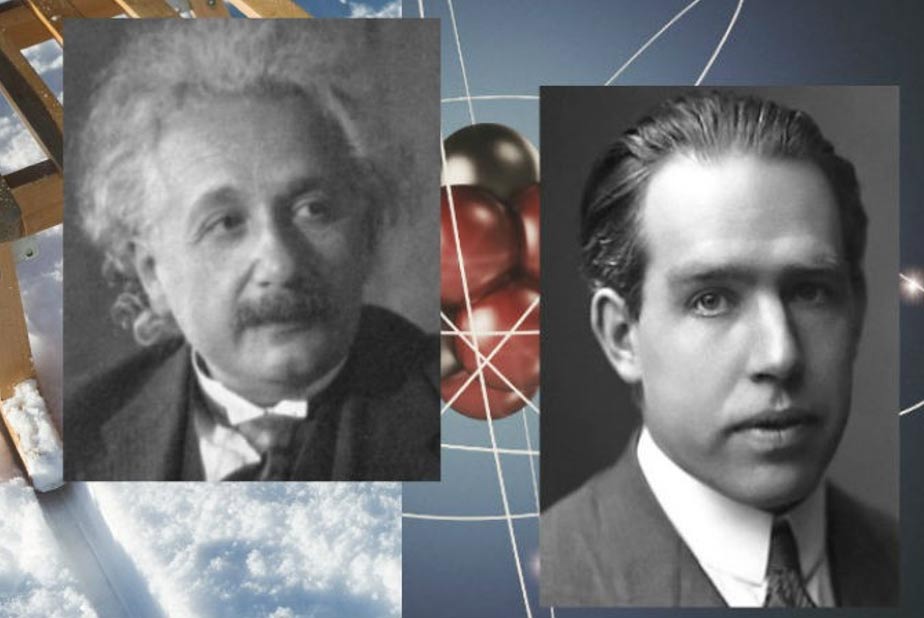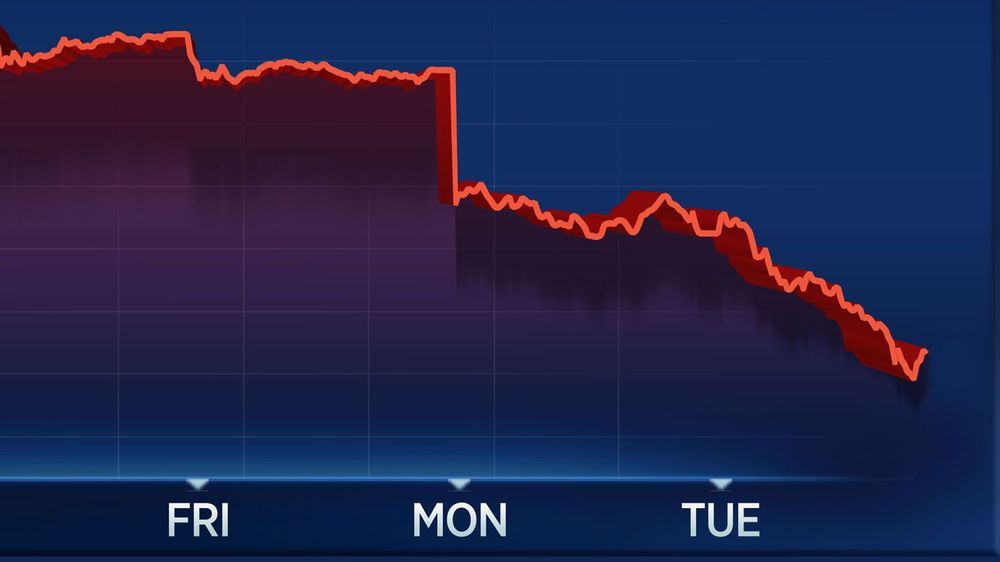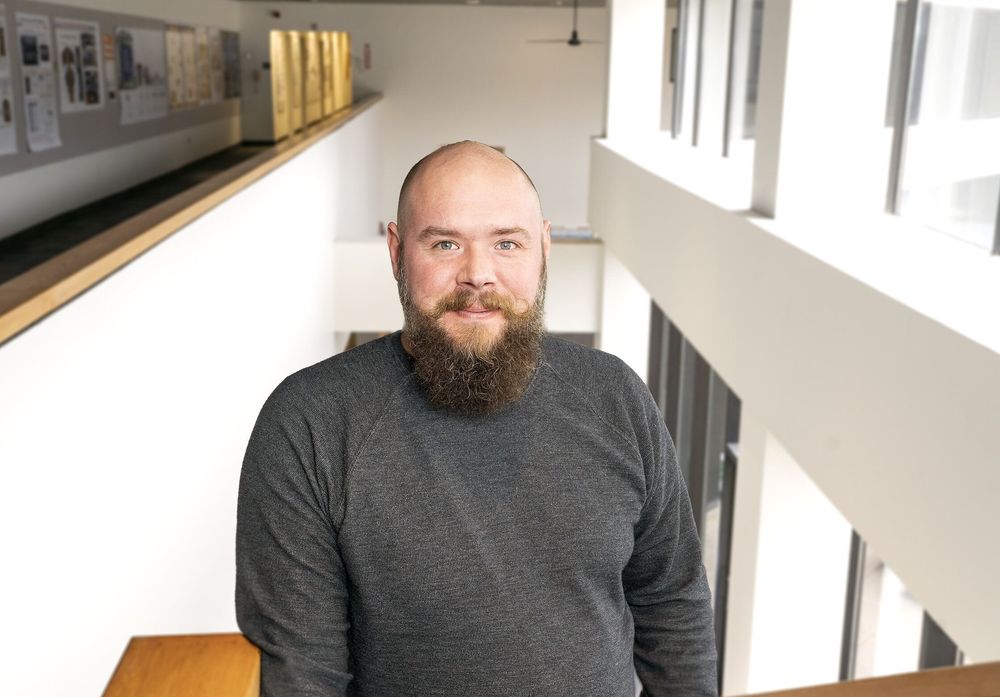A drug used to treat a type of coronavirus that only affects cats could be the key to treating COVID-19, the human coronavirus spreading across the world.
A new virus called SARS-CoV-2 is a coronavirus that has caused an outbreak of a disease called COVID-19. But what does that have to do with Mars?
L1gh t, a fledgling AI startup that wants to help technology companies combat online toxicity, bullying, and abuse, has raised $15 million in a seed round of funding from Mangrove Capital Partners, Tribeca Venture Partners, and Western Technology Investment.
The company’s substantial seed funding comes as tech companies are struggling to contain offensive and harmful behavior on their platforms. It’s nearly impossible to monitor massive platforms manually, which is why automation and AI are playing increasing roles in the gatekeeping process — but they still can’t detect every piece of abusive content. Moreover, technology companies have other priorities to juggle — such as making more money and growing their user base. Against this backdrop, L1ght is hoping to carve out a niche by focusing on safeguarding children.
O.o woah!
When we’re watching an action movie, we might think that we’re watching main characters through a bunch of explosions to an improbable happy ending, but it’s just as accurate to say that we’re watching the ‘Quantum Immortality Hypothesis’ illustrated over and over again.
Neutral atoms and charged ions can be cooled down to extremely low temperatures (i.e., to microkelvins, 1 millionth of a degree above absolute zero) using laser techniques. At these low temperatures, the particles have often been found to behave in accordance with the laws of quantum mechanics.
Researchers have been conducting laser cooling experiments on atoms and ions for decades now. So far, however, no study had observed mixtures of both atoms and ions at extremely low temperatures.
Researchers at the University of Amsterdam were the first to achieve this by placing an ion inside a cloud of lithium atoms pre-cooled to a few millionths of a kelvin. Their observations, published in Nature Physics, unveiled numerous effects that could have interesting implications for the development of new quantum technologies.
Physicists at Purdue University and the University of New South Wales have built a transistor from a single atom of phosphorous precisely placed on a bed of silicon, taking another step towards the holy grail of tech research: the quantum computer.
Revealed on Sunday in the academic journal Nature Nanotechnology, the research is part of a decade-long effort at the University of New South Wales to deliver a quantum computer – a machine that would use the seemingly magical properties of very small particles to instantly perform calculations beyond the scope of today’s classical computers.
You’ve read your last complimentary article this month. To read the full article, SUBSCRIBE NOW. If you’re already a subscriber, please sign in and and verify your subscription.
Residents in Wuhan, China are shouting encouragement and singing songs from their apartment windows to boost morale amidst the coronavirus quarantine.
“[Einstein] dreamt that he was riding a sled down a steep, snowy slope and, as he approached the speed of light in his dream, the colors all blended into one. He spent much of his career, inspired by that dream, thinking about what happens at the speed of light.”
By Tara MacIsaac, Epoch Times
In Beyond Science, Epoch Times explores research and accounts related to phenomena and theories that challenge our current knowledge. We delve into ideas that stimulate the imagination and open up new possibilities.
1. Dmitri Mendeleev, Periodic Table
Dmitri Mendeleev (1834–1907) wanted to organize the 65 known elements somehow. He knew there was a pattern to be discerned, and it had something to do with atomic weight, but the pattern remained elusive. Then, Mendeleev later reported, “In a dream I saw a table where all the elements fell into place as required. Awakening, I immediately wrote it down on a piece of paper.” Mendeleev’s words were quoted in “On the Question of Scientific Creativity,” by Russian chemist B.M. Kedrov.
Stocks cratered again on Tuesday, hitting their sessions lows after a CDC official told the U.S. to brace for a possible breakout of coronavirus here.
A key hurdle facing fusion devices called stellarators—twisty facilities that seek to harness on Earth the fusion reactions that power the sun and stars—has been their limited ability to maintain the heat and performance of the plasma that fuels those reactions. Now collaborative research by scientists at the U.S. Department of Energy’s (DOE) Princeton Plasma Physics Laboratory (PPPL) and the Max Planck Institute for Plasma Physics in Greifswald, Germany, have found that the Wendelstein 7-X (W7-X) facility in Greifswald, the largest and most advanced stellarator ever built, has demonstrated a key step in overcoming this problem.
Cutting-edge facility
The cutting-edge facility, built and housed at the Max Planck Institute for Plasma Physics with PPPL as the leading U.S. collaborator, is designed to improve the performance and stability of the plasma—the hot, charged state of matter composed of free electrons and atomic nuclei, or ions, that makes up 99 percent of the visible universe. Fusion reactions fuse ions to release massive amounts of energy—the process that scientists are seeking to create and control on Earth to produce safe, clean and virtually limitless power to generate electricity for all humankind.









